11 Facts About the Month of Ramadan
Here’s everything you need to know about the holy month of Ramadan, which is observed by Muslims around the world
Ramadan is a month-long religious festival celebrated by Muslims worldwide and is a time for fasting, prayer, and reflection. Muslims celebrate Ramadan to commemorate the first revelation of the Quran to the Prophet Muhammad, and to increase their spiritual connection with Allah. The festival is also an opportunity for Muslims to give to charity, show kindness to others, and strengthen their bond with family and friends.
1. Ramadan takes place during the ninth month of the Islamic calendar
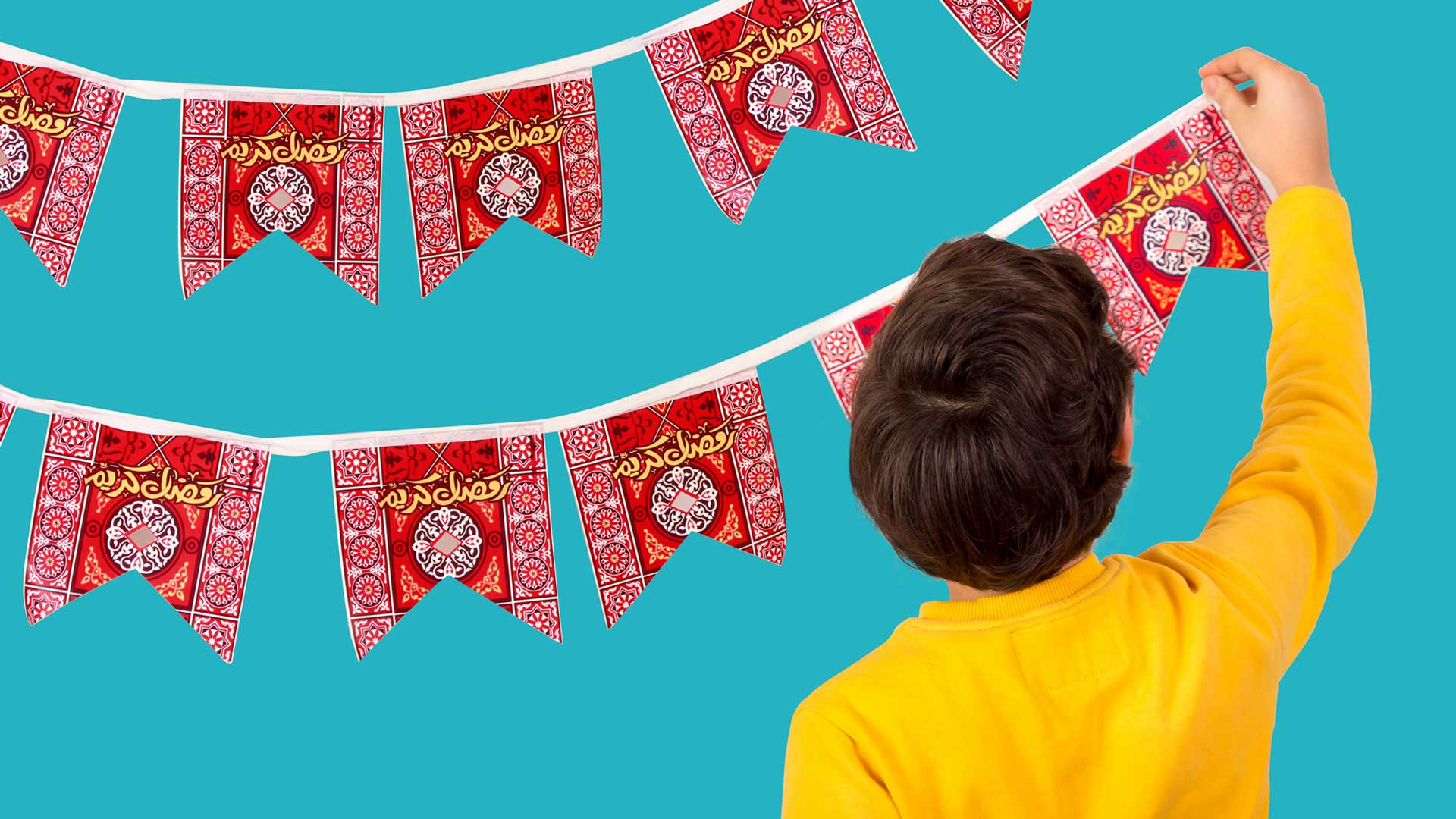
It is observed by Muslims worldwide as a month of fasting, prayer, and reflection. The word Ramadan itself is derived from the Arabic word ramaḍān, which means “to be hot” or ramad, meaning dryness, indicating the heat of the summer month in which the observance takes place.
2. A morning meal is called Suhoor
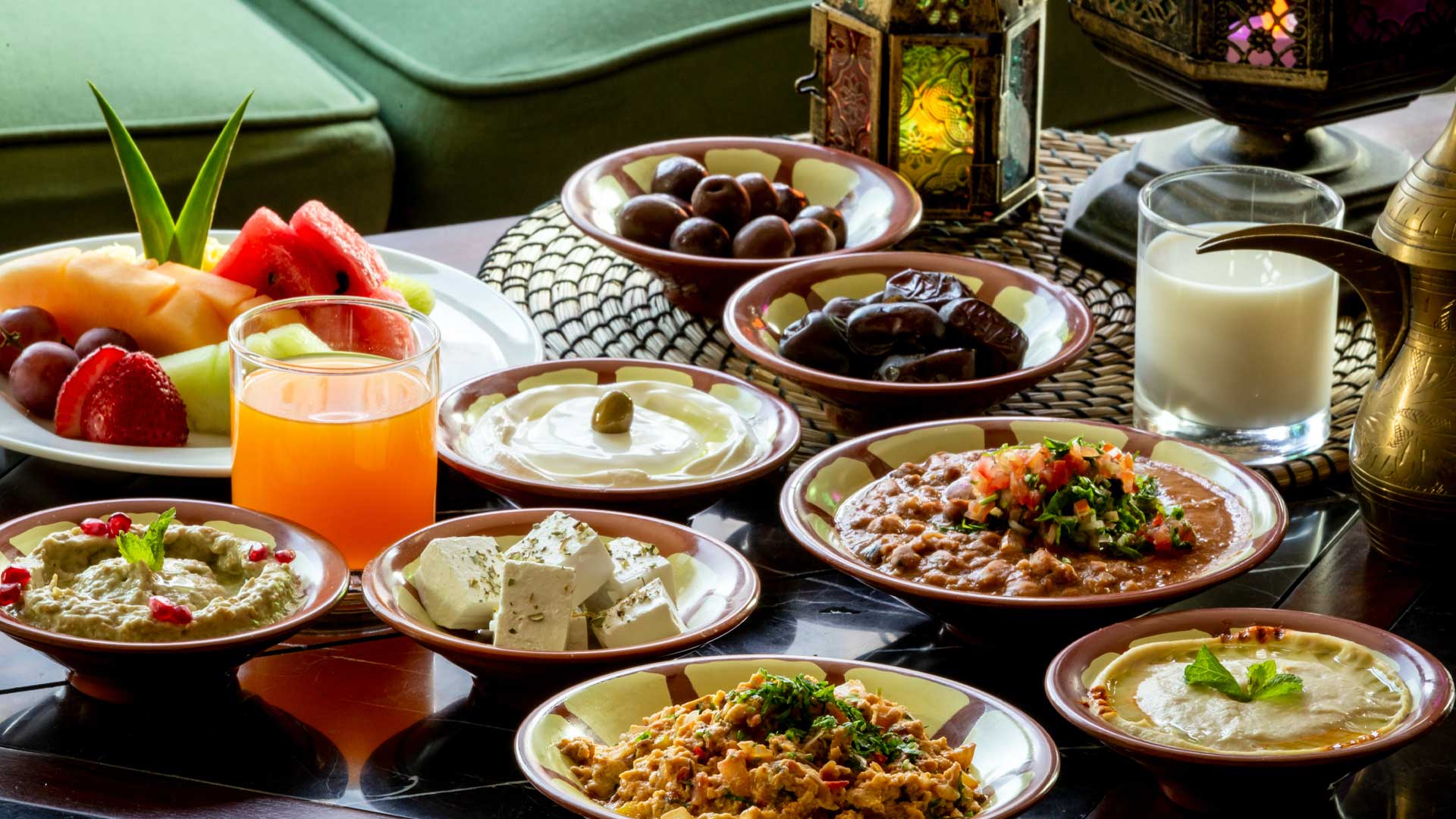
Fasting involves abstaining from food and drink from dawn until sunset. Muslims typically begin their fast by having a pre-dawn meal called Suhoor, which is eaten before the first light of dawn. It is typically a simple meal that provides energy to last throughout the day of fasting. The meal often consists of foods that are high in protein and complex carbohydrates, such as bread, eggs, cheese, and yogurt, as well as fruits and vegetables. It is important for Muslims to hydrate themselves during suhoor, as they will be fasting from food and drink until sunset.
3. The evening meal is called Iftar
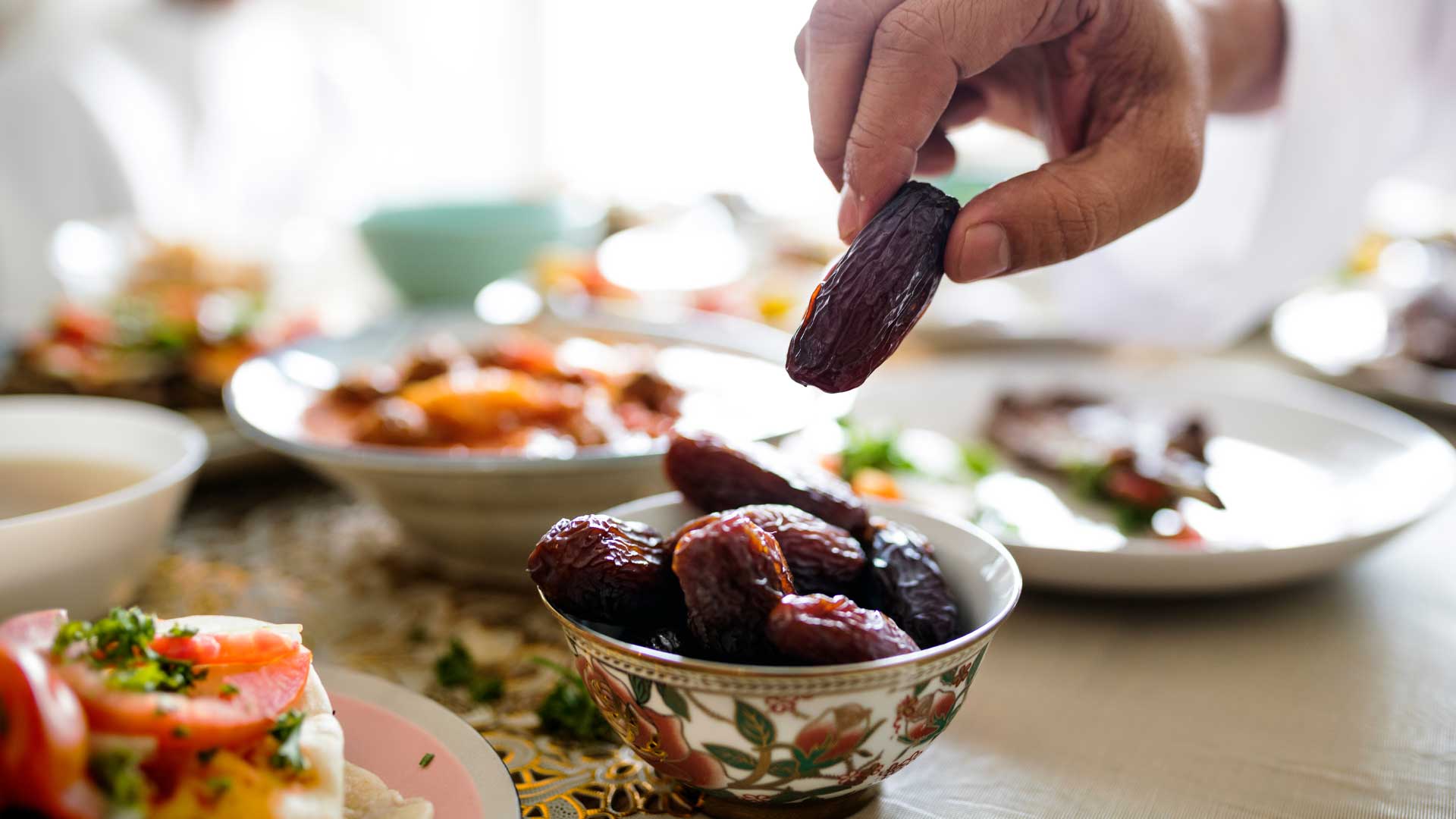
The fast is broken each evening with a meal called iftar. Muslims often break their fast by eating dates and drinking water, as this was the practice of the Prophet Muhammad.
4. Around 3.7 million Muslims observe Ramadan in the UK
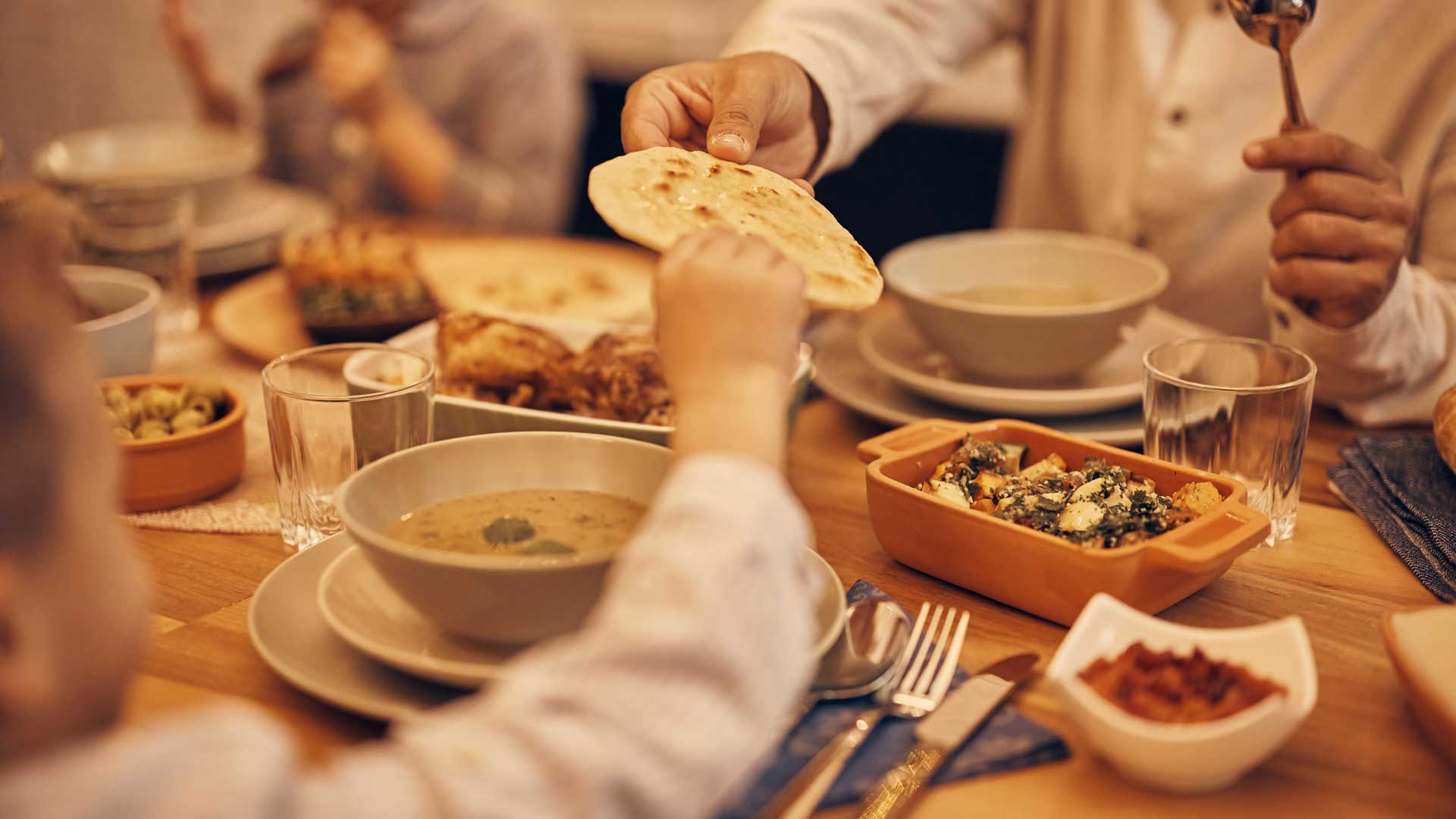
Around the world, an estimated 1.6 billion people observe this holy month.
5. Acts of charity are especially important during Ramadan
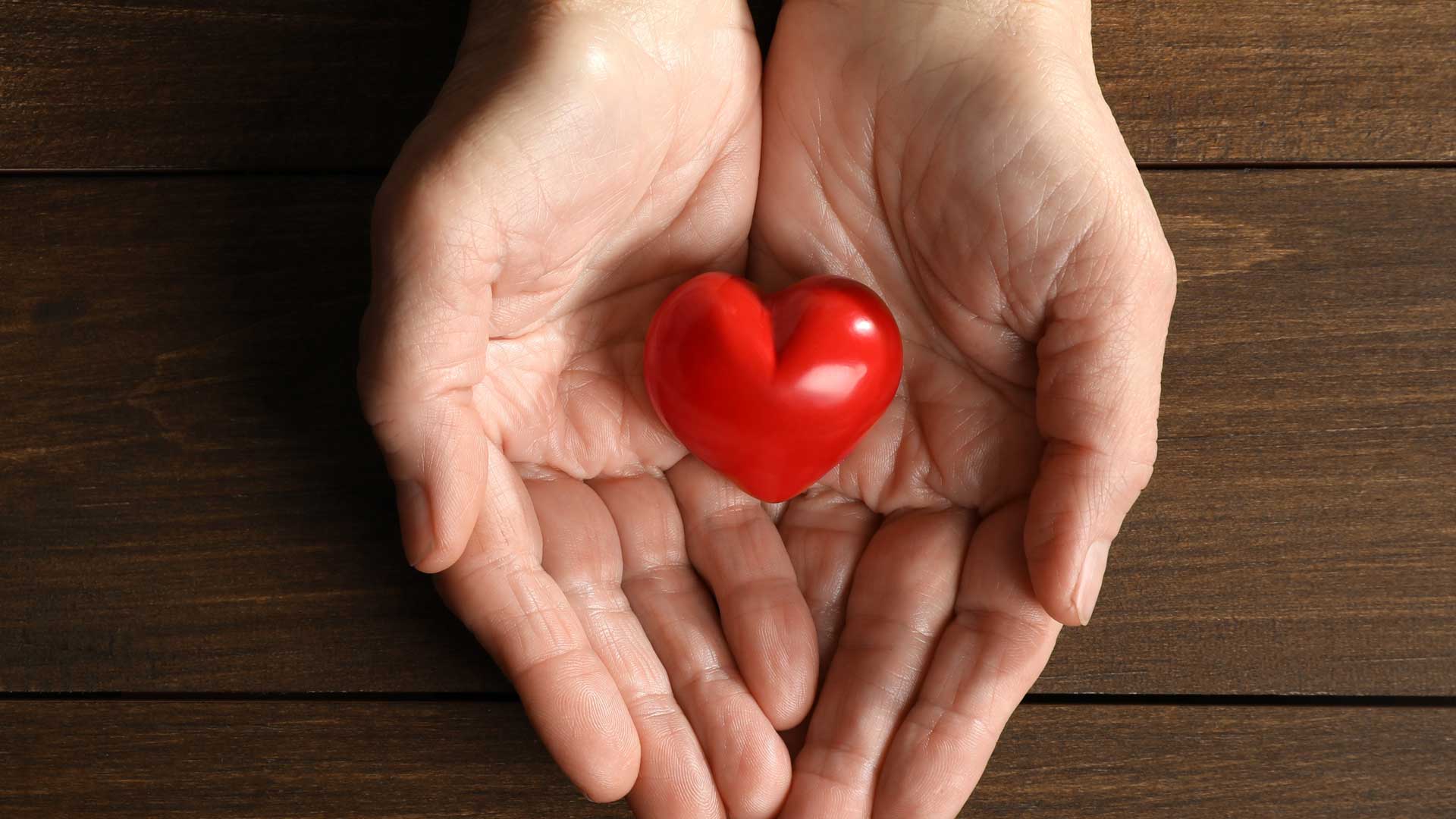
Charitable donations are an important aspect of Ramadan and are considered a way for Muslims to give back to their communities and help those in need. In Islam, the act of giving to those less fortunate is known as Zakat, which is one of the Five Pillars of Islam. This can include giving money or food to the poor, volunteering at a local shelter, or helping to organise community events.
6. A crescent moon symbolises the beginning of Ramadan
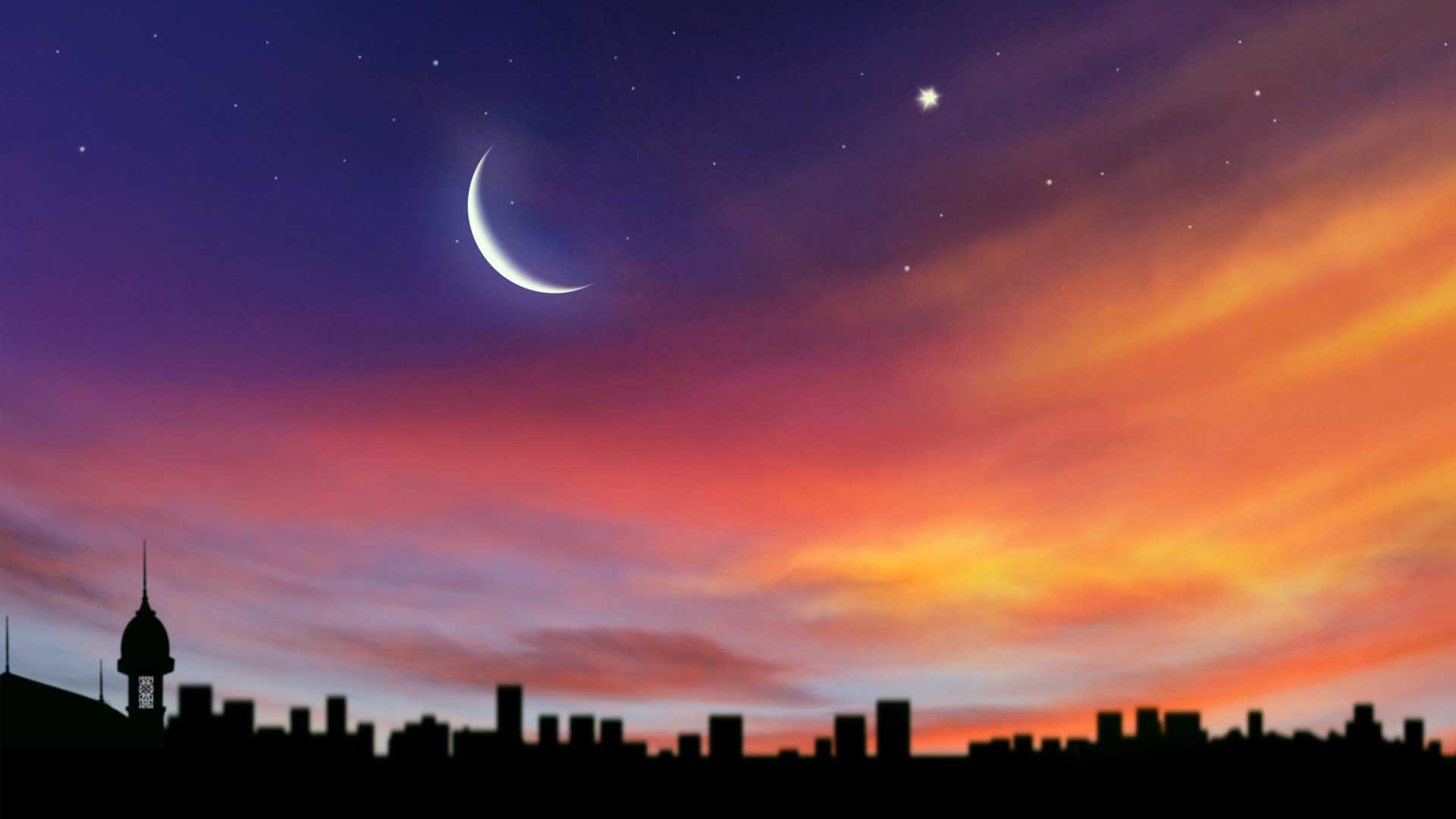
The crescent moon is an important symbol in Islam and is often associated with Ramadan. The sighting of the crescent moon marks the beginning of a new Islamic month, including the month of Ramadan. Muslims traditionally begin and end their fasting during Ramadan based on the sighting of the crescent moon. When the crescent moon is sighted at the end of the month of Sha’ban, the month before Ramadan, it signals the start of Ramadan, and Muslims begin fasting from the next day. Similarly, when the crescent moon is sighted at the end of Ramadan, it signals the end of the month of fasting, and Muslims celebrate the holiday of Eid al-Fitr. The crescent moon is regarded as a symbol of renewal and new beginnings, reflecting the spiritual themes of Ramadan, which include self-reflection, renewal of faith, and seeking forgiveness from God.
7. Ramadan is a public holiday in some Muslim countries
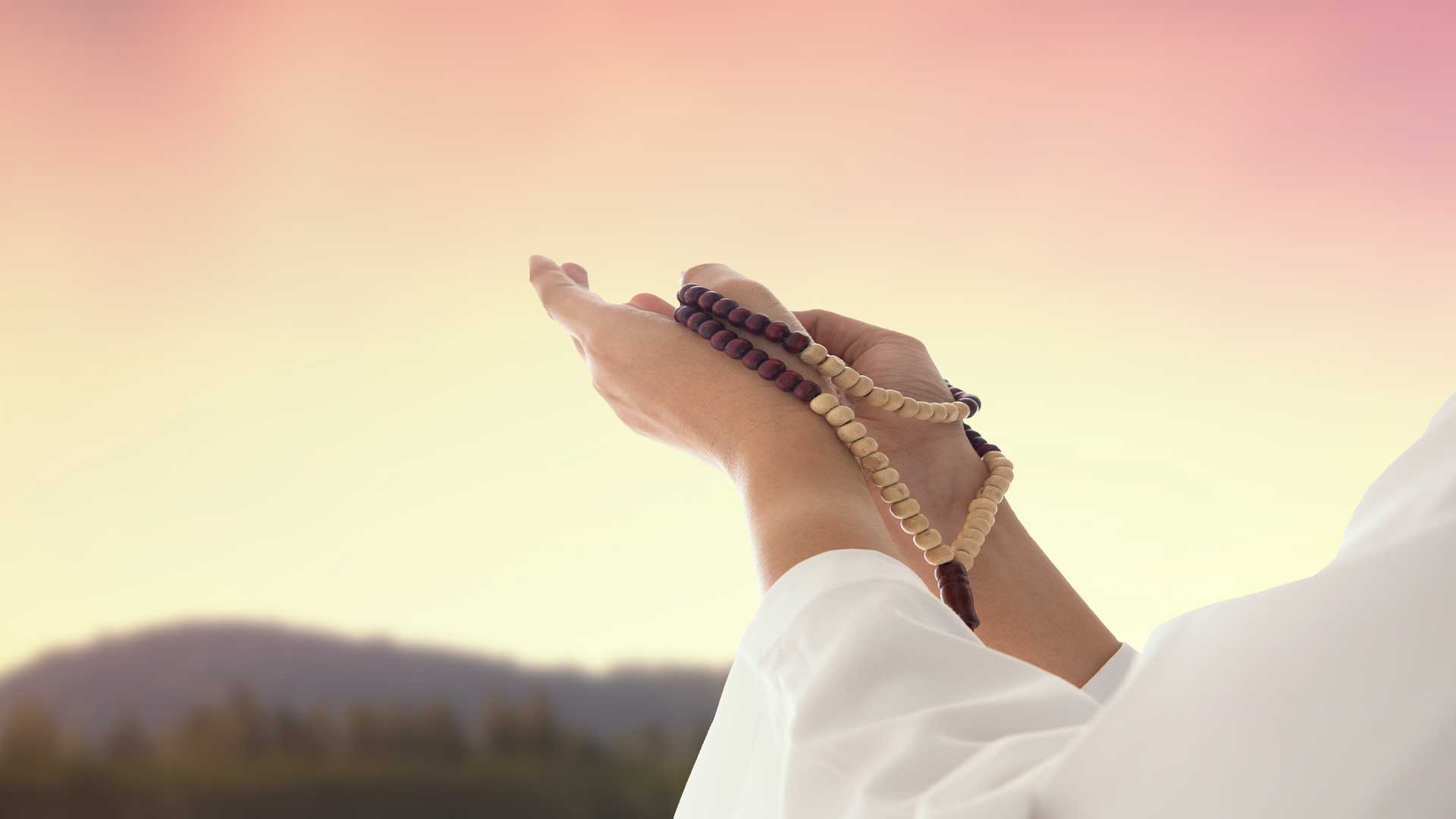
In some Muslim countries, Ramadan is declared a public holiday, and many businesses have shortened working hours during this month.
8. During Ramadan, it is very important to read the Quran
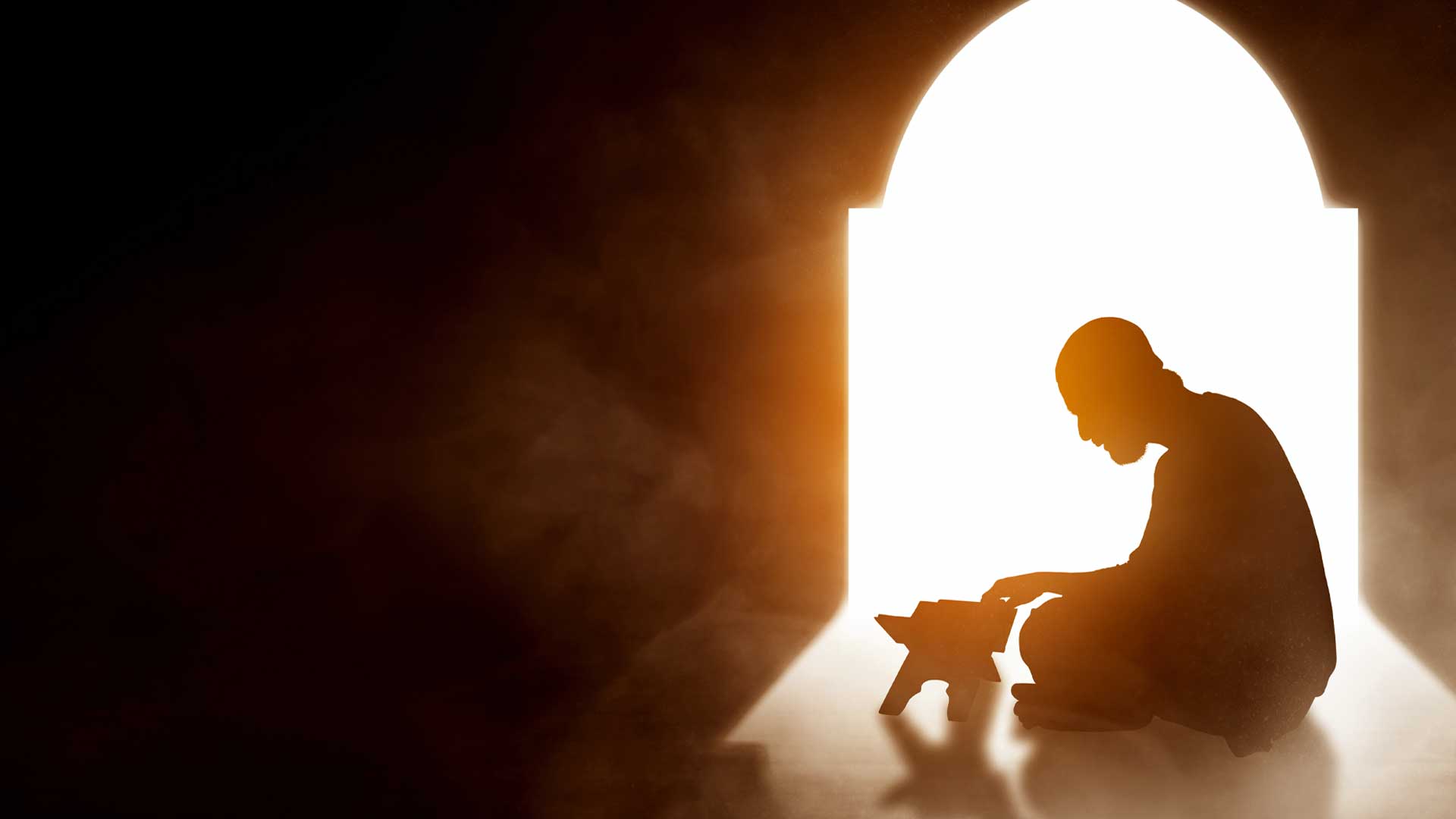
Reciting the Quran is an important part of Ramadan. During this month of observance, Muslims strive to deepen their connection with God and increase their knowledge of this holy book. Many Muslims choose to read the entire Quran during Ramadan, either individually or in groups, and recitation of the Quran is a common practice during the nightly Taraweeh prayers held in mosques and community centres. These prayers consist of reciting portions of the Quran, and the goal is to complete the entire Quran by the end of Ramadan.
9. Not all Muslims need to fast during Ramadan
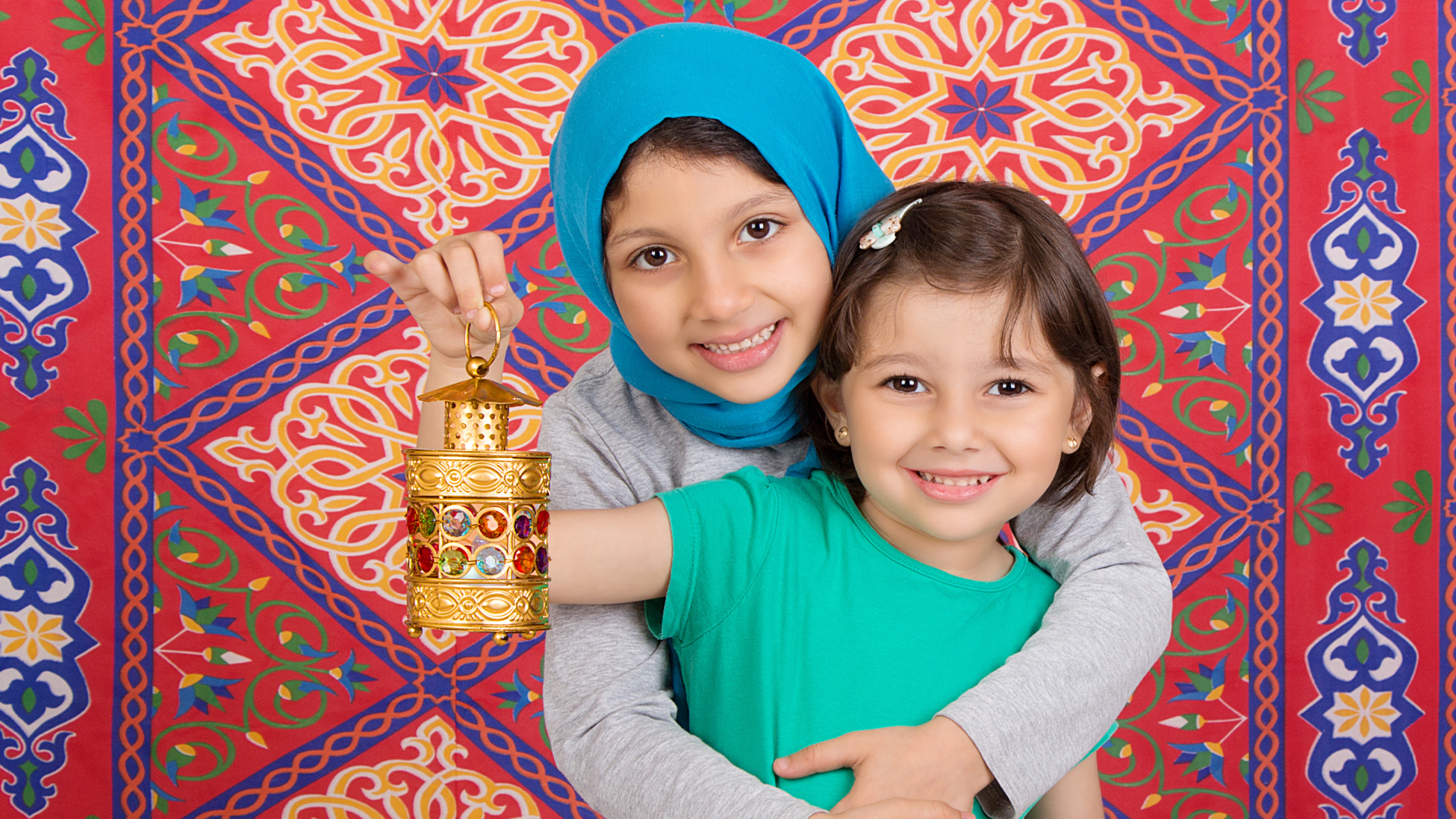
Fasting is obligatory for all adult Muslims who are in good health and not traveling. The fast is not required for children, the elderly, or those with medical conditions that prevent them from fasting.
10. These lanterns are called fanous
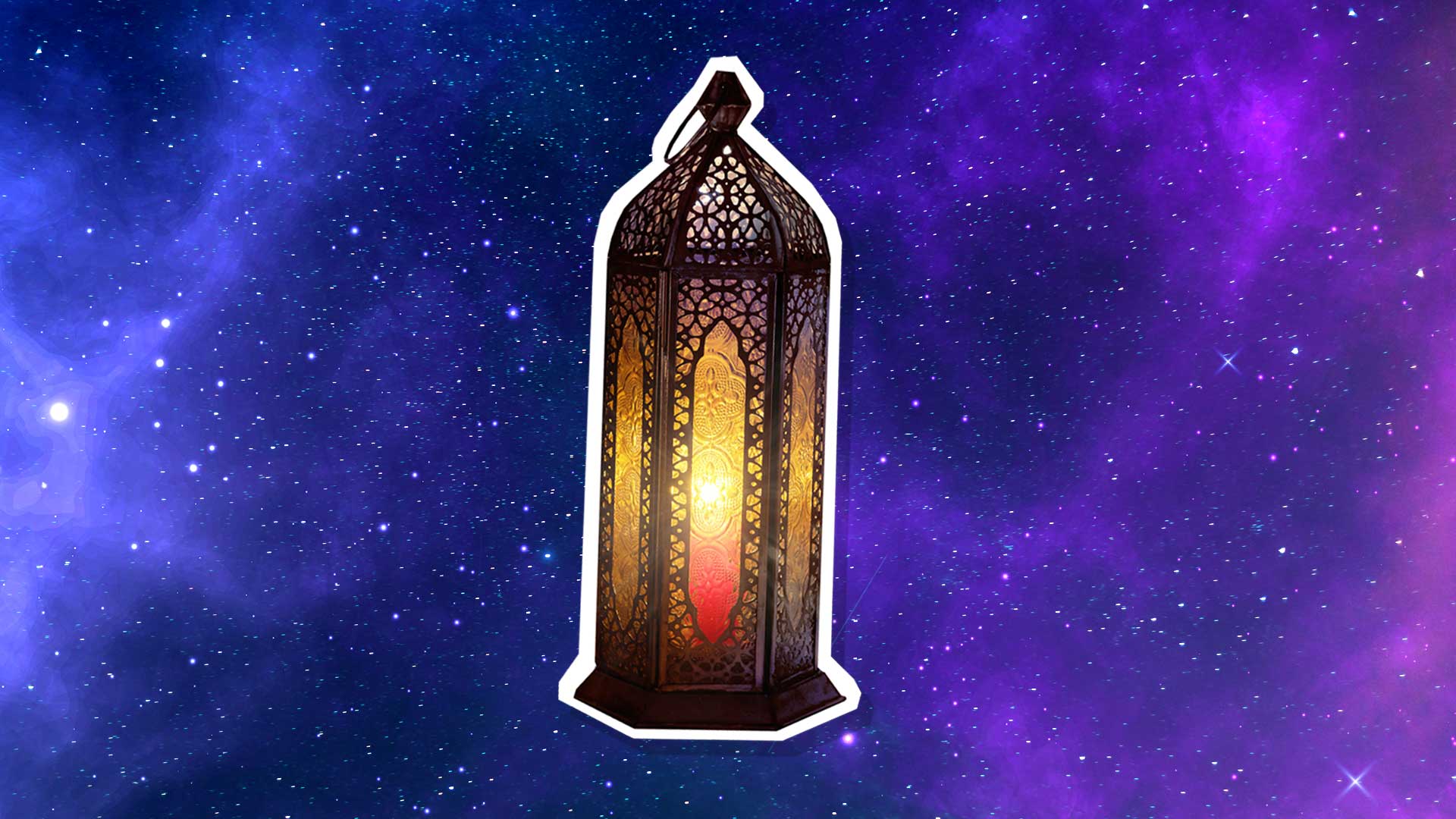
During Ramadan, many families decorate their homes with beautiful lanterns called fanous, which comes from a Greek word meaning lamp or lantern. They are a traditional symbol of Ramadan in many Muslim cultures, especially in the Middle East and North Africa. These lanterns are often decorated with intricate designs and patterns. The use of lanterns during Ramadan is believed to have originated in Egypt during the Fatimid dynasty in the 10th century. According to legend, the Caliph Al-Mu’izz li-Din Allah ordered the streets of Cairo to be illuminated with lanterns during Ramadan to celebrate the arrival of a new crescent moon, which marked the start of the holy month. The tradition of using lanterns during Ramadan has since spread to many other Muslim cultures.
Practically, the lanterns provide light during the nighttime hours for those who are participating in the nightly Taraweeh prayers, which are held in mosques and community centers throughout Ramadan. These lanterns are seen as a representation of hope and spirituality. The light from the lanterns is believed to symbolize the guidance and enlightenment that comes from God, while the intricate designs and patterns on the lanterns are seen as a reflection of the beauty and complexity of the universe and God’s creation.
11. Ramadan lasts for approximately one month
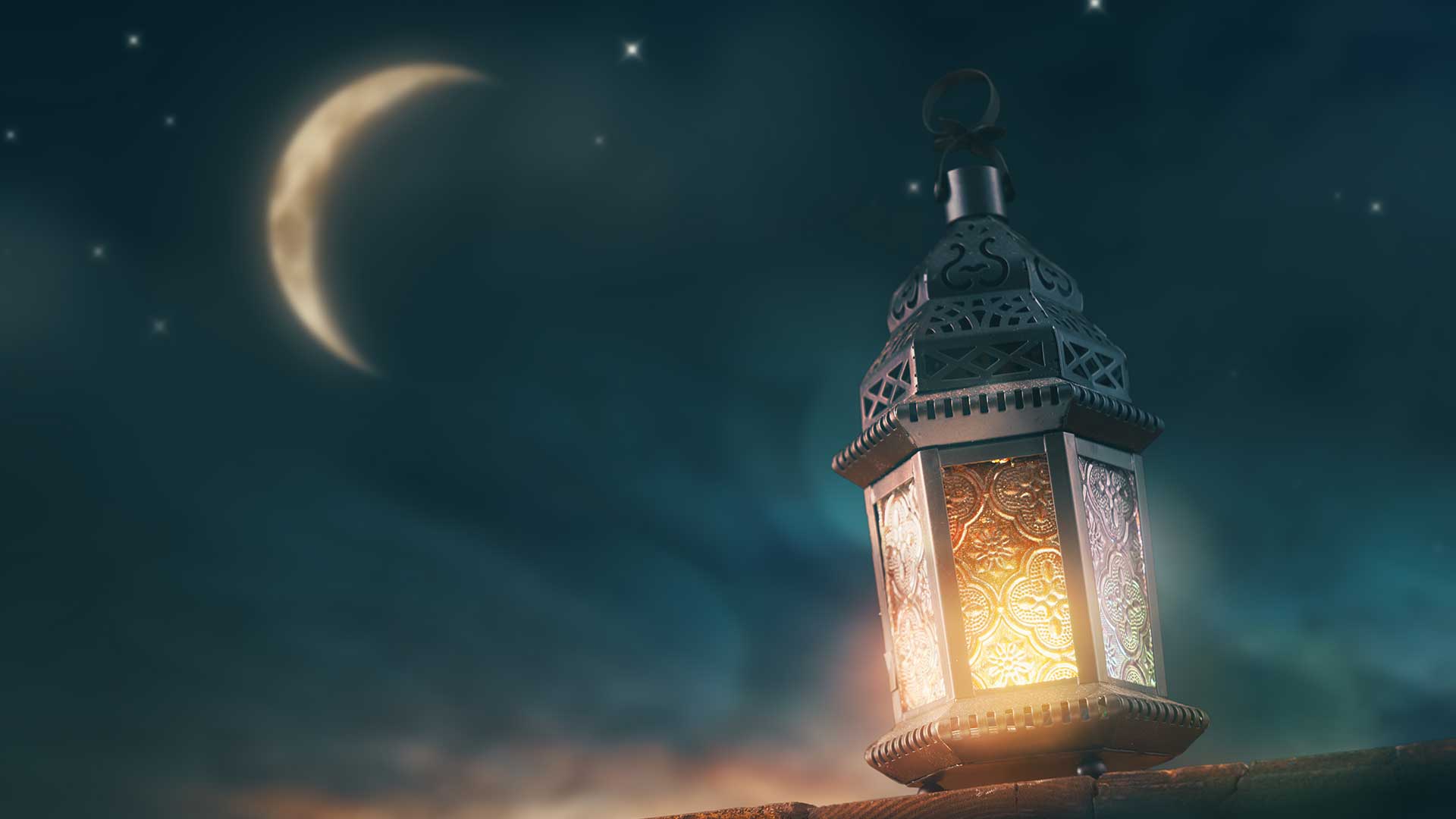
The exact dates of Ramadan change every year, as the Islamic calendar is shorter than the Gregorian calendar used in much of the Western world. The duration of Ramadan typically lasts for 29 or 30 days, depending on the sighting of the new crescent moon, which marks the beginning of the month. Muslims fast from dawn until sunset every day during the month of Ramadan, which means that the length of the fast varies depending on the time of year and the location. At the end of Ramadan, Muslims celebrate the holiday of Eid al-Fitr, which marks the end of the month of fasting. The exact date of Eid al-Fitr also varies depending on the sighting of the new crescent moon, but it typically falls on the first day of the Islamic month of Shawwal.














